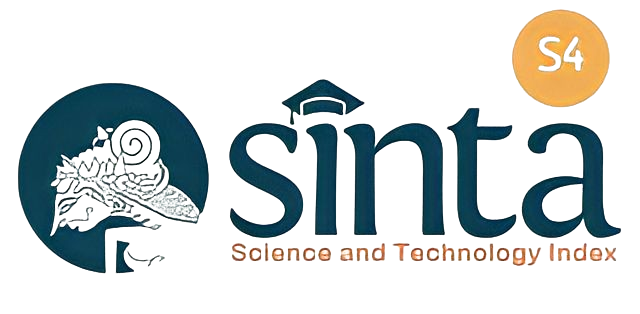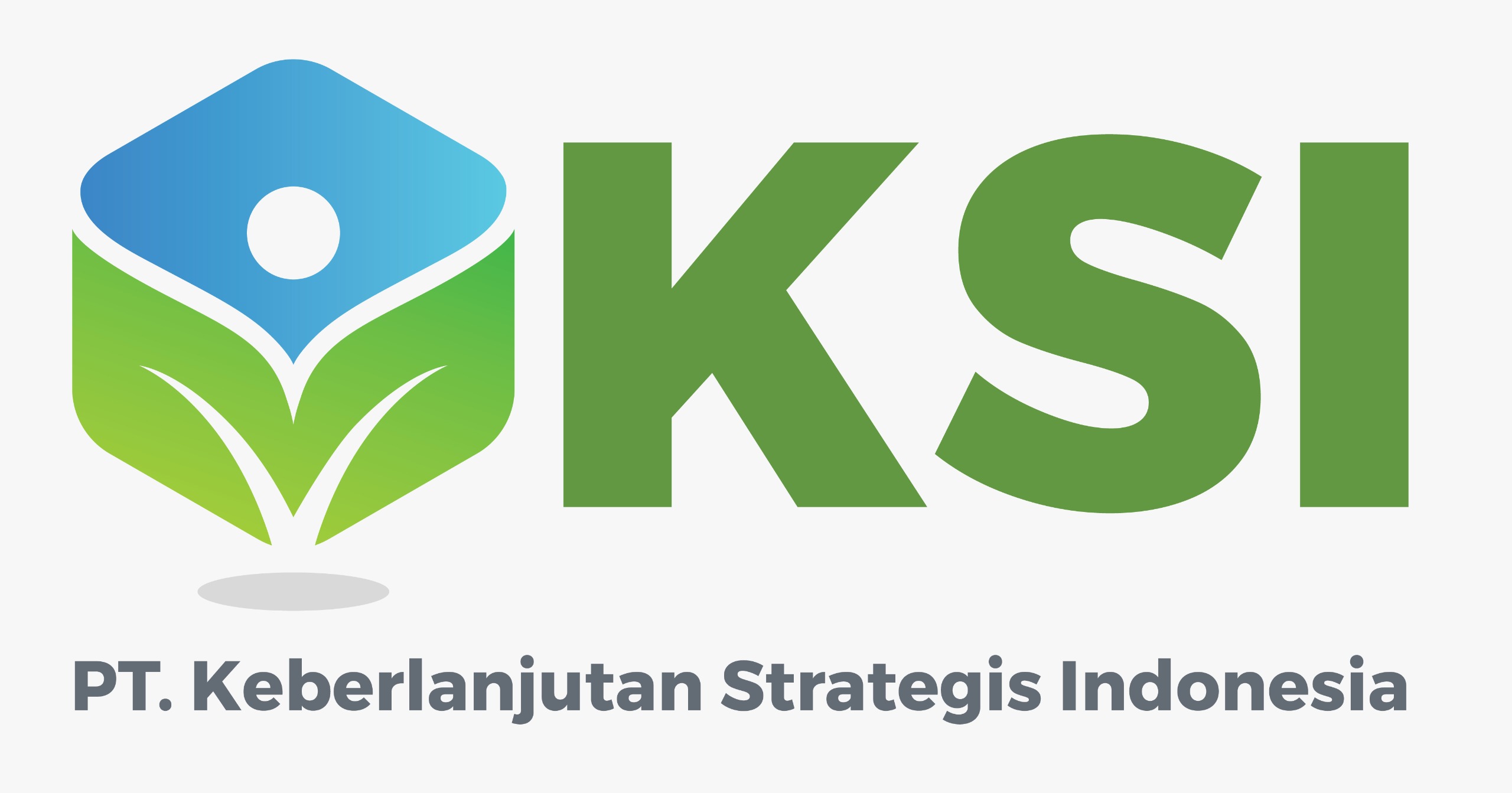Noetnana Livestock Farmer Group Capacity Building Strategy in Fatukoa Village By Bank Indonesia Representative Office NTT Province Towards Micro, Small and Medium Enterprises (MSMEs) Digital 4.0
DOI:
https://doi.org/10.38142/jtep.v3i3.777Keywords:
Clusters, Capacity Building, MSMEsAbstract
This research is a descriptive research with a qualitative approach which was carried out in the Noetnana Livestock Farmer Group in Fatukoa Village, Maulafa District, Kupang Regency, which is a group of livestock farmers assisted by the Representative Office of Bank Indonesia, NTT Province. The informants in this study were determined using a purposive technique, totaling 32 people with primary and secondary data types collected through observation, interview and document search techniques.
The results of the study found that the strategy for developing the capacity of the Noetnana Livestock Farmers Group in Fatukoa Village by the Representative Office of Bank Indonesia in the Province of NTT towards Digital 4.0 MSMEs, the authors used the opinion of Thompson (2003: 60) who developed the concept created by Parsons (1960), wherein: (a ) technical level, it was found that there was technical support in the form of policy, budget and program support provided by Bank Indonesia to the Noetnana Livestock Farmers Group to support MSMEs technically non-financially, such as mentoring & consulting assistance, infrastructure, motivation, and further technology at (b) level managerially it was found that there was an allocation of personnel for each unit and function in supporting the capacity building of the Noetnana Livestock Farmers Group while at (c) the institutional level it was found that there was an increase in the group's institutional capacity.
References
Afandi, P. 2018. Manajemen Sumber Daya Manusia (Teori, Konsep dan. Indikator). Riau: Zanafa Publishing.
Anoraga Pandji. 2009. Manajemen Bisnis. Jakarta: Rineka Cipta.
Araya-Quesada, M., Degrassi, G., Ripandelli D.and Craig W., 2010. Key Elements In A Strategic Approach To Capacity Building In The Biosafety Of Genetically Modified Organisms. Environment Biosafety Res., 9(1): 59-65
Banyan, Margaret E, 2007. Capacity Building, in Mark Bevir, Encyclopedia of Governance. California: SAGE Publicationss, Inc.
Behrman, G., Mancini, M., Briar-Lawson, K., Rizzo Victoria M., 2006. Exploring Strategies to Advance Public Sector Funding in Geriartr. Journal of Social Work Education, 42 (1), p: 37-48
Brown, L., LaFond, A., and Macintyre, K., 2001. Measuring Capacity Building. Chapel Hill: Carolina Population Centre University of North Carolina.
Dill, David D, 2000. Capacity Building as an Instrument of Institutional Reform: Improving of Higher Education trough Academic Audit in the UK, New Zeland, Sweden, and Hong Kong. Journal of Comparative Policy Analysis, 2(2): 211-232
Eisinger P. 2002. Organizational Capacity And Organizational Effectiveness Among Street-Level Food Assistance Programs. Nonprofit and Voluntary Sector Quarterly, 31(1): 115–130.
Fred R David. 2004. Manajemen Strategis: Konsep-konsep. Jakarta: PT Indeks.
Gandara. Rida. 2008. Capacity Building Dosen Pada Jurusan di Perguruan Tinggi Badan Hukum Milik Negara. UPI. Bandung.
Grindle, M.S. (Editor). 1997. Getting Good Government: Capacity Building in the Public Sectors of Developing Countries. Boston, MA : Harvard Institute for International Development.
Hasibuan, Malayu. 2016. Manajemen Sumber Daya Manusia. Jakarta: Bumi Aksara.
Horton, D., Alexaki, A., Bennett-Lartey, S., Kim N. B., and Campilan, D., 2003. Evaluating Capacity Development: Experiences From Research And Development Organizations Around The World. Ottawa: International Development Research Centre.
Klingner, Donald E., and Nalbadian, John, 2003. Public Personnel Management: Context and Stategy. 5th ed. Upper Saddle River, NJ: Prentice Hall.
Miles, M.B, Huberman, A.M, & Saldana, J. 2014. Qualitative Data Analysis, A Methods Sourcebook, Edition 3. USA: Sage Publications. Terjemahan Tjetjep Rohindi Rohidi, UI-Press
Morrison, Terrence. 2001. Actionable Learning: A Handbook for Capacity Building Through Case Based Learning. England: ADB Institute.
OECD, 2008. Service Delivery In Fragile Situations: Key Concepts, Findings And Methods. OECD: Swiss.
Pearch. Robinson. 1997. Manajemen Startegik: Formulasi, Impilmentasi, Dan Pengendalian. Binarupa Aksara: Jakarta.
Rainer Rohdewohld dan Manfred Poppe. 2005. Capacity Building in the Regions, Module A: The Capacity Building Cycle from Capacity Building Needs Assessment (CBNA) Towards the Capacity Building Action Plan (CBAP). GTZ (Deutsche Gesellschaft fur Technische Zusammenarbeit).
Renoati Reni. 2003. Kebijakan Pemberdayaan Masyarakat Desa pada era Otonomi Daerah dalam Rangka Mendukung Pembangunan Berkelanjutan. Yogyakarta: Mimbar Hukum UGM.
Terry. G.R. 2010. Manajemen Sumber Daya Manusia. Edisi Pertama. Cetakan Pertama. Jakarta : Penerbit Kencana.
Thompson, James D. 2003. Organizations In Action, Sosial Science Bases For Administrative Theory. New Jersey: Transaction Publisher.
Tjiptono Fandi. 2000. Strategi Pemasaran. Cet. Ke-II. Yogyakarta: Andi.
Downloads
Published
Issue
Section
License
Copyright (c) 2023 Abdul HADI, Ajis Salim Adang DJAHA, Pius Bumi KELLEN

This work is licensed under a Creative Commons Attribution-NonCommercial 4.0 International License.
Creative Commons Attribution-NonCommercial 4.0 International License.























